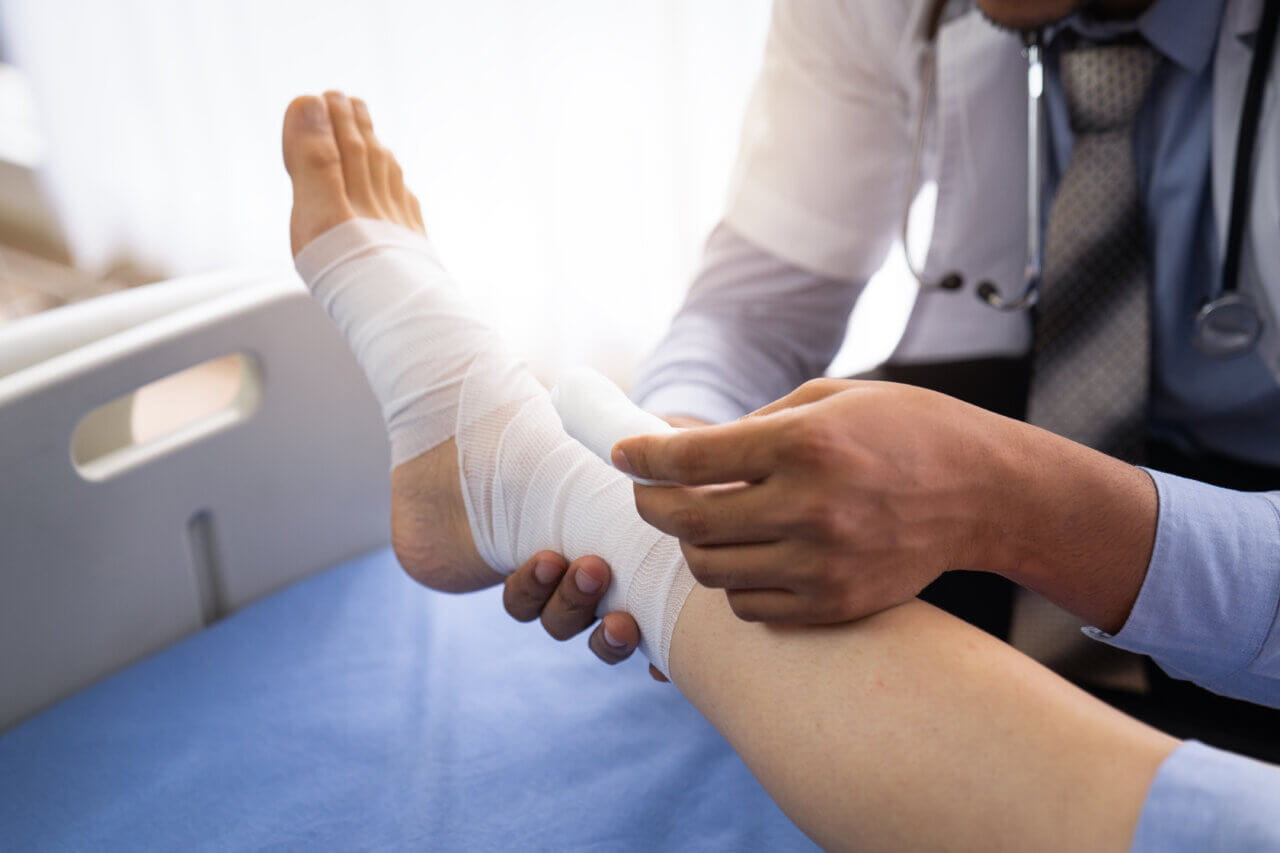Pickleball Injuries

Clinically reviewed by Dr. William McClure.
Pickleball is a low-impact sport that is growing in popularity, especially among older adults. The game is played on what looks like a tennis court but is actually sized like a badminton court. The net is 34 inches high in the middle. A player uses a paddle to hit a perforated ball over the net. The game can be played one-on-one or two-on-two. While pickleball is generally considered less strenuous than other sports, there is potential for injuries.
Most Common Pickleball Injuries
The most common pickleball injuries include tendonitis, bursitis, rotator cuff injury in the shoulder, wrist and ankle sprains, hip pain, and falls.
Common pickleball injuries:
- Tendonitis – Tendonitis is an inflammation of the tendons, the tissues that connect muscle to bone. It can be caused by overuse or repetitive motion.
- Bursitis – Bursitis is swelling of the bursae. The bursae are fluid-filled cushions that protect the joints. Bursitis can be induced by repeated motion or joint injury.
- Rotator Cuff Injury – This is damage or a tear to the muscles and connective tissues surrounding the shoulder joint.
- Sprains – You might also sprain your ankle or wrist. Sprains happen because of damaged ligaments.
- Hip pain – Hip pain can be caused by overuse, arthritis, or structural problems in the hip joint.
- Falls – Falls can occur when pickleball players slip on wet surfaces or trip over obstacles on the court.
Despite the potential for injuries, pickleball is considered a safe and enjoyable sport for people of all ages. However, it is important to be aware of the risks and take precautions to prevent them.
How To Prevent Pickleball Injuries
The best way to prevent pickleball injuries is to wear fitted and non-slip footwear, stretch properly before playing, and use ankle and knee braces, if necessary.
There are a few reasons why it’s important to wear proper shoes when playing pickleball. Wearing shoes that fit well helps to prevent blisters and other foot injuries. They also provide support for your ankles and knees, which can help you avoid joint pain. Finally, wearing the right shoes gives you better traction and more stability.
In addition, it is important to get enough cardiovascular exercise to build up your endurance and reduce your risk of injuries.
By following these simple tips, you can help prevent pickleball injuries.
Treatment for Pickleball Injuries
Many pickleball injuries can be treated with rest, ice, compression, and elevation (RICE). More serious injuries, such as fractures and joint dislocations, may require more extensive treatment, including surgery.
It is important to see a doctor as soon as possible to ensure proper healing.
See a Doctor for Pickleball Injuries
If you experience an injury from playing pickleball, a Baptist Health Orthopedic or Sports Medicine provider can help.
Next Steps and Useful Resources
The Most Common Ankle Injuries
10 Ways to Prevent a Repetitive Stress Injury (RSI)
Take a Health Risk Assessment


